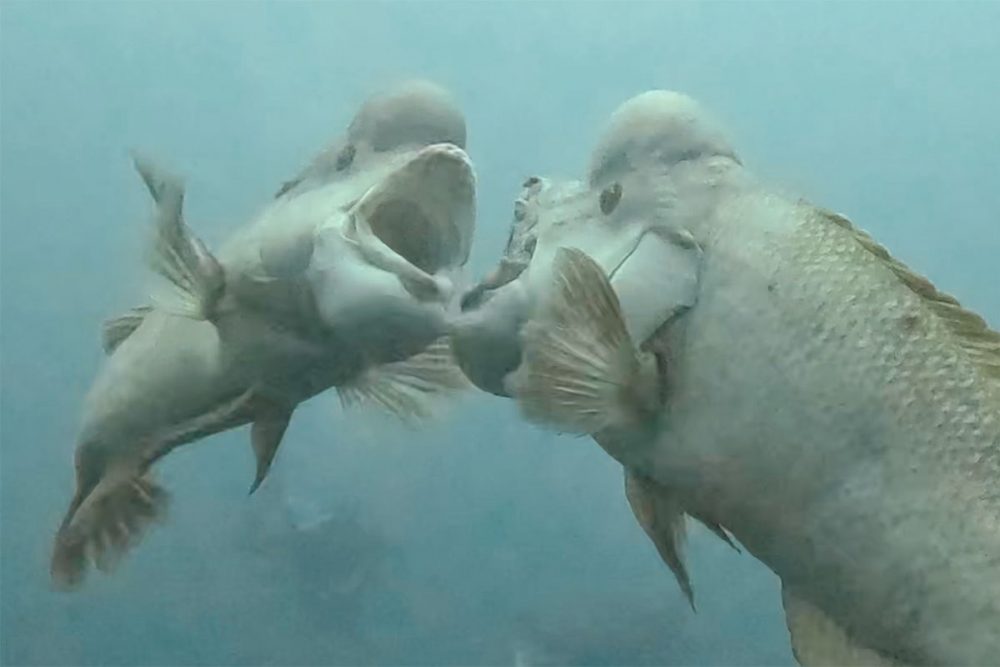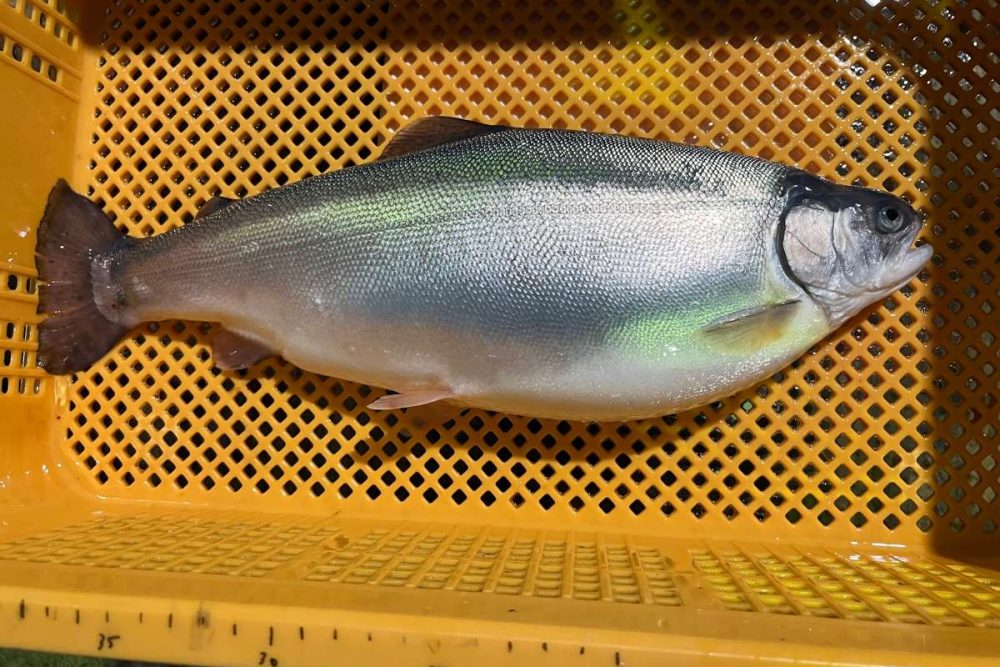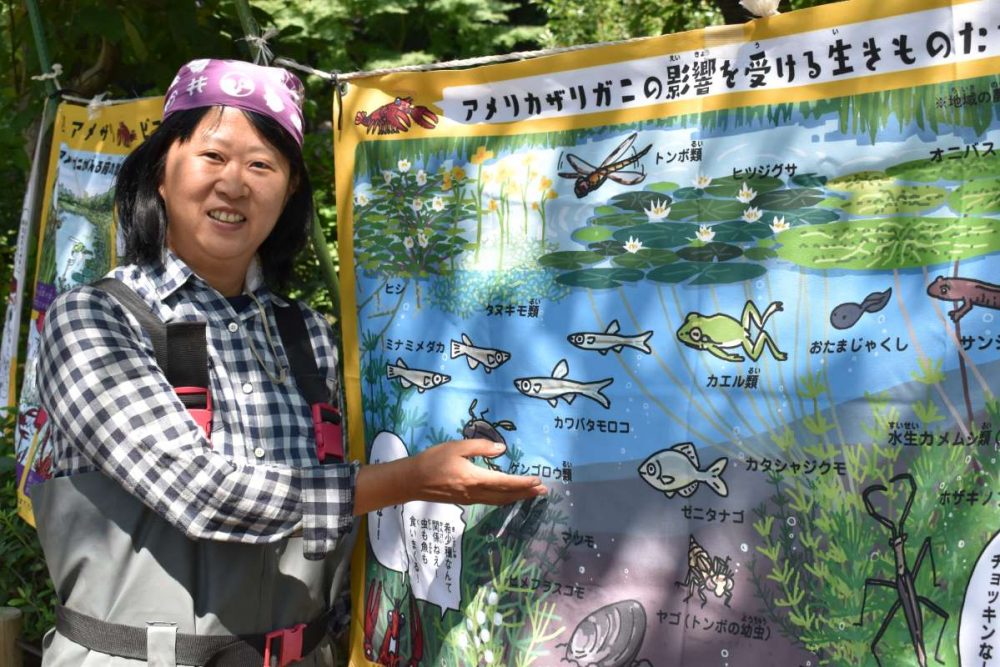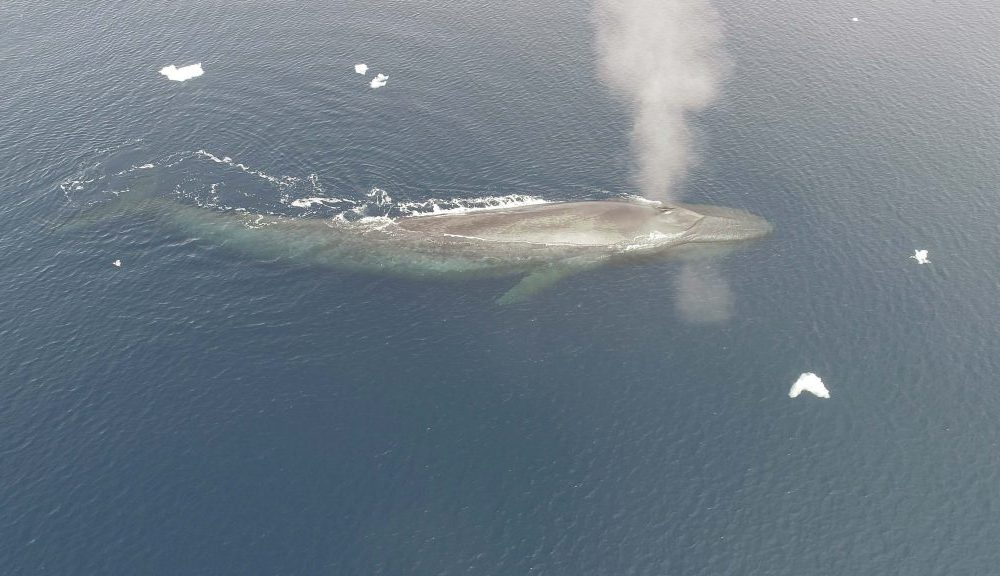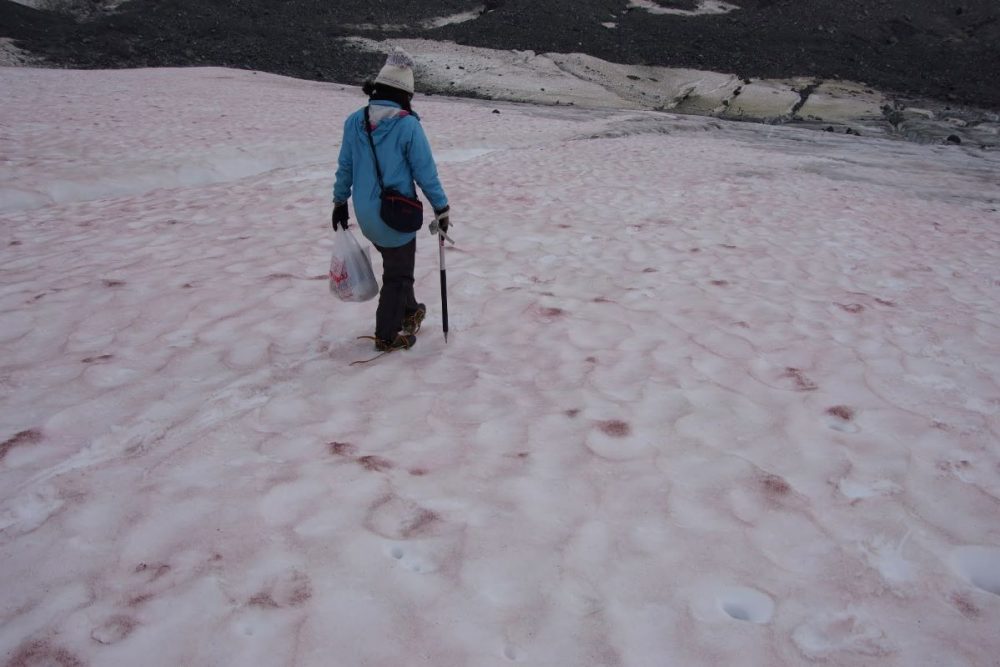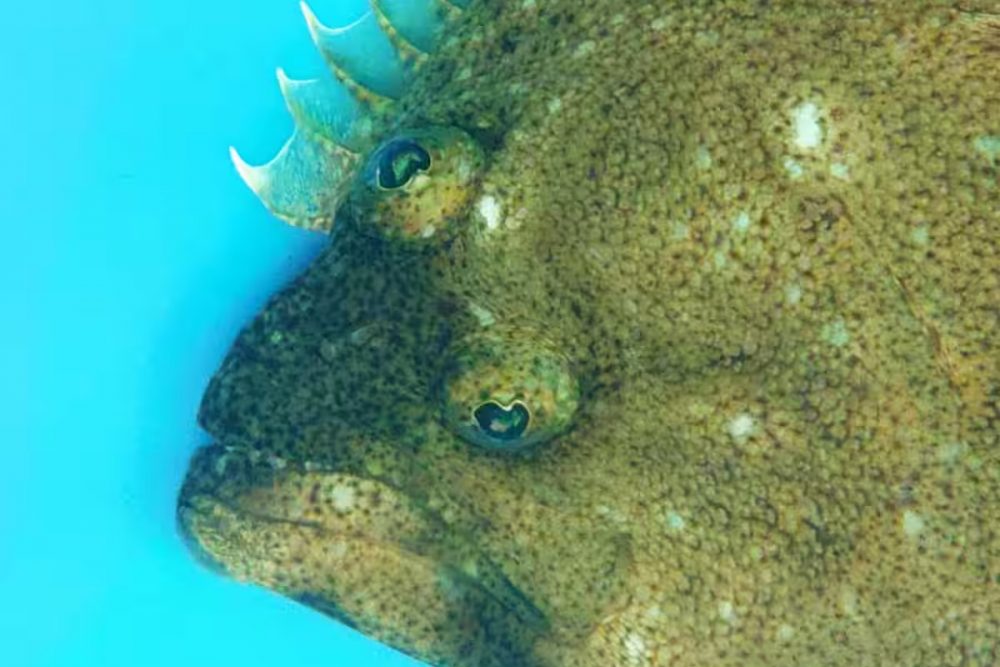Why Fish Feed on Microplastics: Nagasaki University Study
A new study showed that fish are not eating microplastics by accident, but are actively feeding on them, with implications for the marine plastic waste issue.
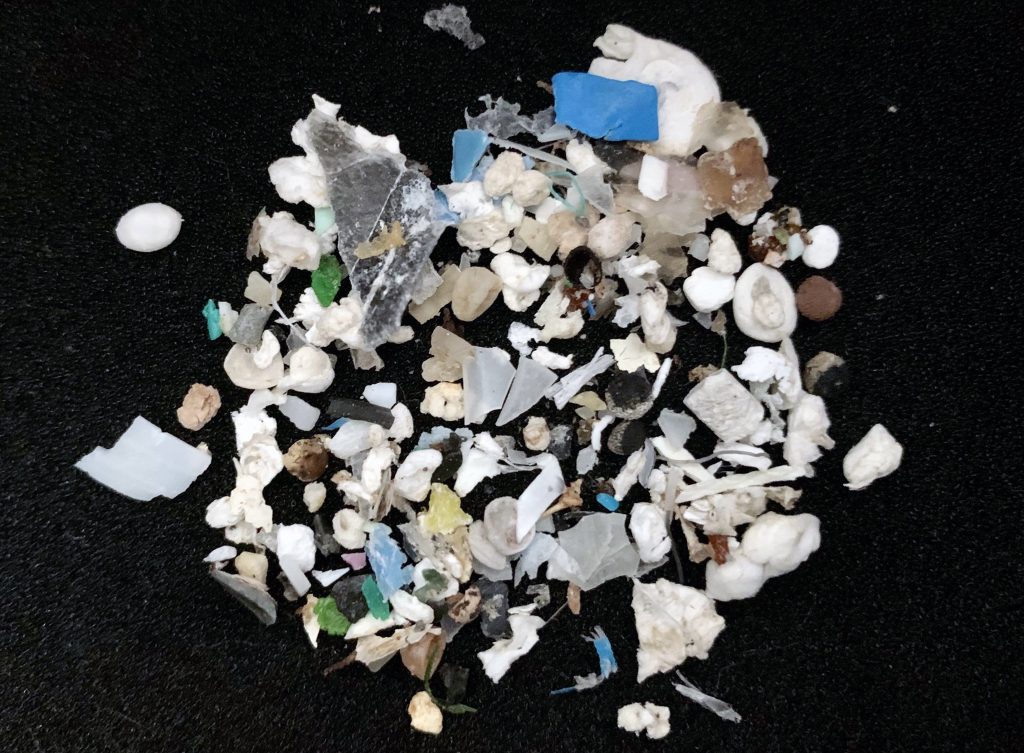
このページを 日本語 で読む
Microscopic plastic debris that cannot be broken down by living organisms, commonly referred to as microplastics, has been found in the bodies of fish around the world, raising concerns about impacts on ecosystems and human diets.
Until now, many believed that fish mistook microplastics floating in the water for food and ingested them. However, a recent study by Nagasaki University has revealed that as microplastics drift in bodies of water, they become increasingly palatable for fish. The study is the first in the world to show that fish actively try to eat microplastics, rather than swallow them by mistake.
Microplastics in 500 Fish Species
Microplastics are fragments of plastic less than 5 mm in length. They are produced when petroleum-derived plastic products, such as plastic bags, food containers, and plastic bottles, are thrown away and end up in rivers and oceans. There, ultraviolet rays and the force of waves break them down into tiny pieces. Microplastics drift in rivers and oceans throughout the globe, from the Arctic to the Antarctic.
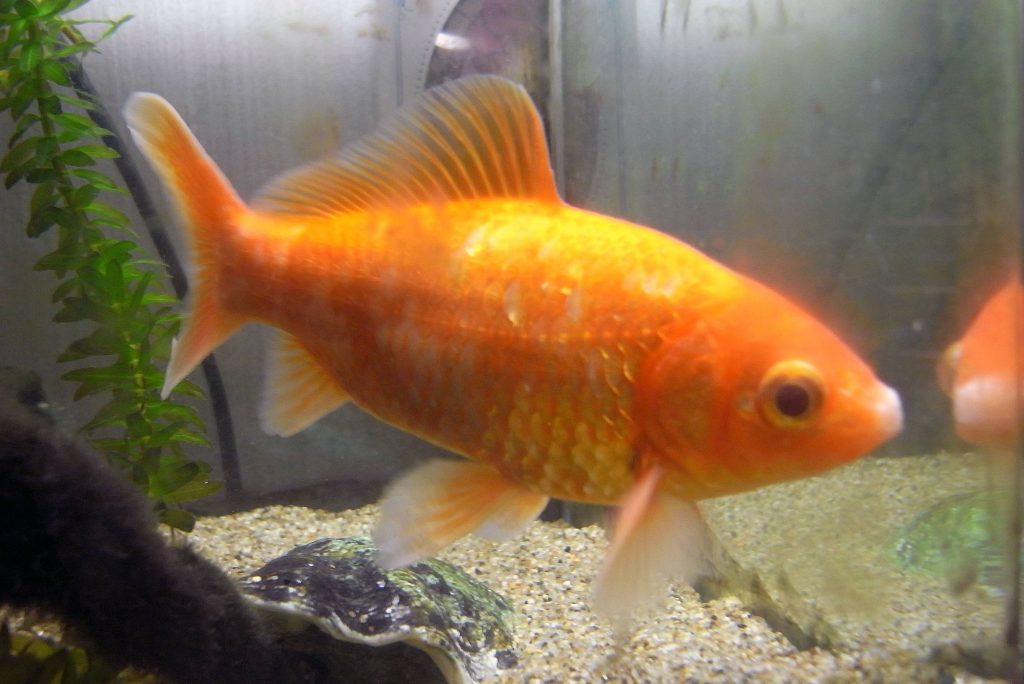
It has been generally thought that marine animals eat microplastics because they mistake them for food. Microplastics have been found in the bodies of roughly 500 species of fish worldwide. One report in Japan showed that microplastics were found in about 80% of anchovies sampled in Tokyo Bay, with an average of 2 to 3 pieces per fish.
The animals that eat them may suffer damage to their digestive tracts or be unable to ingest sufficient nutrients, causing harmful impacts on the marine ecosystem. Microplastics are also reported to easily attract toxic substances in water. If fish containing concentrated amounts of toxic substances reach the dinner table, the effects on the human body also become cause for concern.
Against this backdrop, the Nagasaki University team set out to test how microplastics change in water and how fish react to these changes.
Beads Soaked in Pond Water More Palatable
The team first prepared a large quantity of polystyrene beads 3-4 mm in diameter. These were fed like food to 10 common goldfish kept in an aquarium. However, the goldfish paid no attention to them.
From then on, the polystyrene beads were kept soaked in water taken from a pond on campus. Each week they were "fed" to the goldfish. After 12 weeks, 5% of the goldfish began to take them in their mouths as if they were food. As time went on, this percentage increased. By the 20th week, about 30% of the goldfish were biting. By week 22, the final week of the experiment, this figure had risen to approximately 50%.
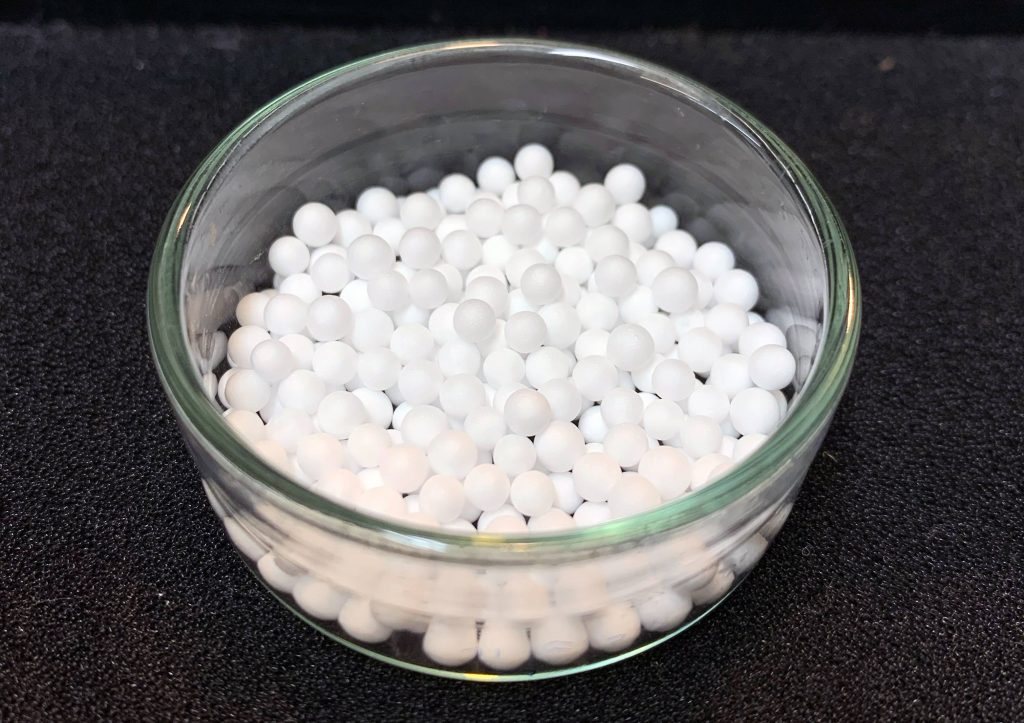
The length of time that the fish munched on the plastic beads also increased as the weeks went by. When the fish first began nibbling at week 12, they only kept them in their mouths for about 40 seconds. But by the final week, this time had lengthened to about 100 seconds.
The longer the polystyrene beads were immersed in the pond water, the more the goldfish seemed to treat them as if they were food. Why in the world did this happen?
Algae Attraction
Associate professor of fisheries at Nagasaki University, Mitsuharu Yagi, offered an explanation. "A very thin layer called a 'biofilm' made by bacteria and other microorganisms formed on the surface of the microbeads that were immersed in pond water. This was key," he noted.
After about five weeks, the biofilm completely covered the surface of the beads, making it easier for phytoplankton to attach. As time went by, a thick layer of siliceous algae, which is food for goldfish, formed on top of the biofilm.
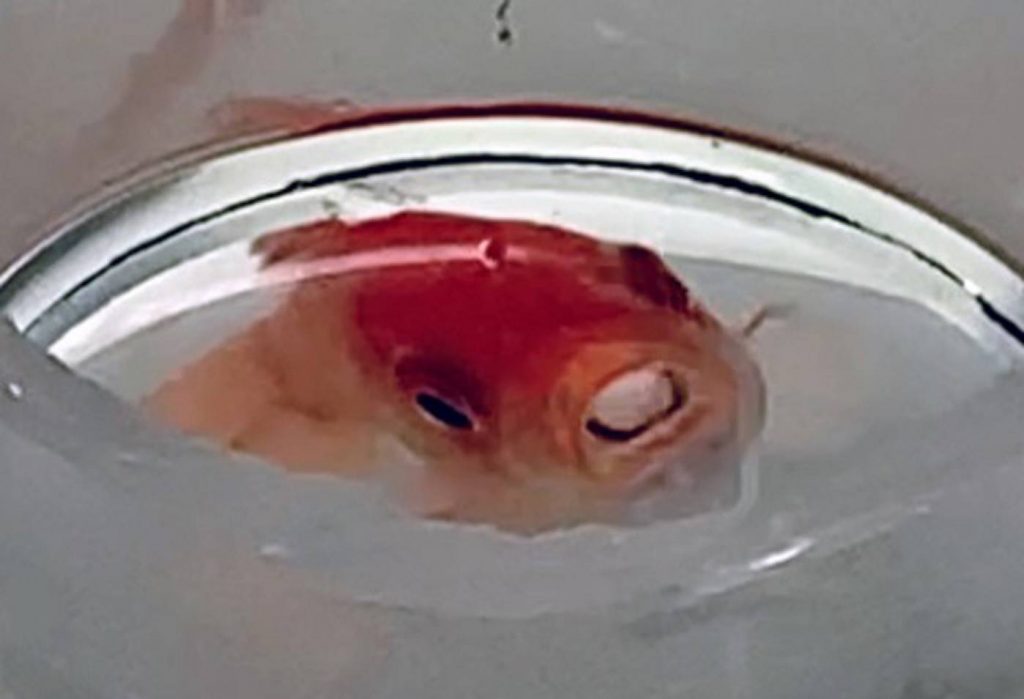
As a result, the plastic microbeads become tastier to the goldfish, and they began to actively take them into their mouths. The goldfish were increasing tempted from around 12 weeks. They munched on them for longer periods of time as the algae coating them increased in abundance. It has been reported that biofilms form on the surface of microplastics in the ocean as well. Thus, the mechanism at work that makes them increasingly tempting to fish is the same.
In the current experiment, the fish did not swallow the polystyrene beads, causing them to enter their digestive tract. Researchers reason that this is because the goldfish used were small, measuring approximately 8 cm in length. The 3-4 mm microbeads were too large for them. The team plans to conduct similar experiments on saltwater fish using microplastics less than one millimeter in size to test their theory.
Dr Yagi concluded on the importance of his team's finding. "For the first time, we were able to demonstrate that the longer microplastics drift in the water, the more readily they are ingested by fish. We must stop the flow of plastic waste into the natural environment as soon as possible," he said.
このページを 日本語 で読む






